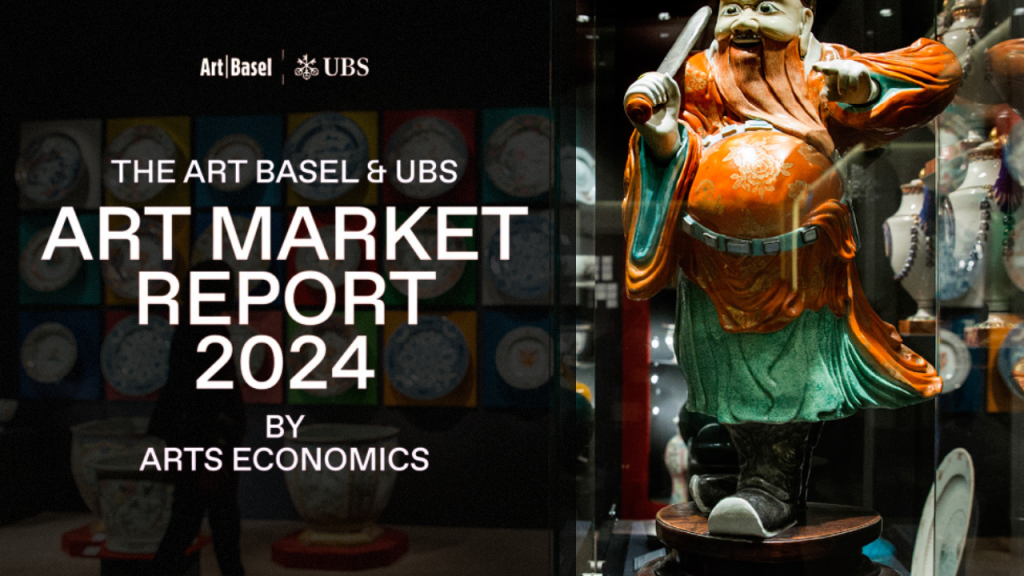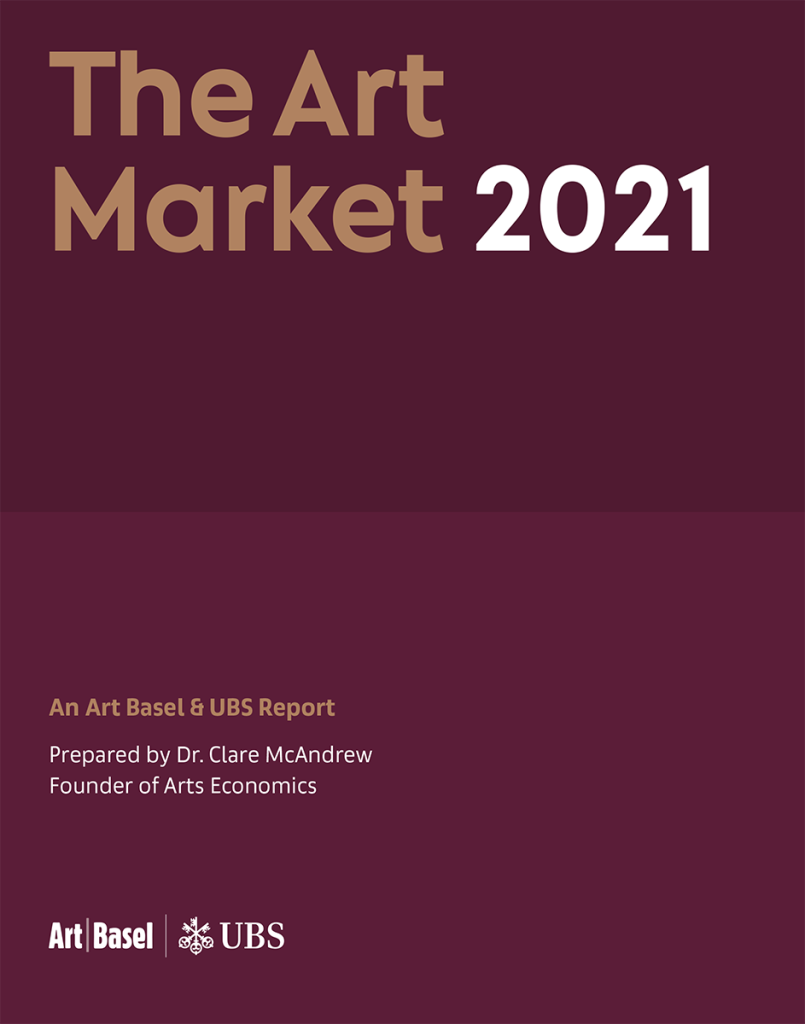China’s art market is divided into two segments: ‘Artworks’, which include paintings, sculptures, installations, photographs, industrial art, and limited replicas of artworks, and ‘Cultural relics’, which include movable and immovable relics. Artworks are less regulated, with the Administrative Measures for Operation of Artworks (effective from 2016) being the most important regulation. It requires pre-approval from China’s Culture Authority for commercial activities related to art, such as purchase, sale, lease, brokerage, import, export, appraisal, commercial exhibition, or investment. However, operators are fined annually for non-compliance.
Cultural relics are highly regulated, with the main legislation being the Law of the People’s Republic of China on the Protection of Cultural Relics (revised in 2017). Cultural relics are not permitted to be freely bought and sold commercially and can only be acquired through qualified legitimate channels, including licensed cultural relics stores and auction houses. They are subject to significantly stricter entry and exit controls than artworks. Sellers have hoped for some restrictions on cultural relic transactions to be lifted, allowing more freedom for trading by non-state-owned cultural relics, allowing trade by vendors other than strictly qualified sellers, and allowing foreign auction houses to auction cultural relics. The revised draft of the Law of the People’s Republic of China on the Protection of Cultural Relics was published in October 2023.
1. Restitution
It was suggested that restitution be incorporated into the law, which would provide the State unrestricted authority to return cultural artefacts that were stolen or illegally exported abroad. In the ten years between 2012 and 2021, over 1,700 cultural treasures were successfully returned, according to official statistics.9.
2. Digitalisation
This promoted the digitisation of cultural artefacts, which could be advantageous for licensing or other commercial or nonprofit cultural exchange or collaboration, as well as display, scholarly research, creation, or re-creation. The Palace Museum in Beijing, which generated $221 million in revenue from the sales of its licensed goods alone in 2018, serves as an excellent illustration of a prosperous museum licensing initiative utilising works of cultural property.10
3. Experimentation
The Several Provisions of Shanghai Pudong New Area on Trading of Cultural Relics and Artworks rule was introduced in 2022, offering a trial substitute for authorised cultural relic retailers and accredited auction houses as trading channels for cultural relics. The provisions called for the establishment of a Shanghai International Cultural Relics and Artworks Transaction Services Centre, which would offer facilities, appraisal, and ancillary services to facilitate the trading of artworks and cultural relics. This was intended to be a trial alternative while the laborious process of updating the national regulations was carried out.
4. Updated Export Restrictions
In 2023, the Chinese government updated export restrictions on works by deceased artists after 1911. The policy included 315 artists and six studios from eight art fields, including calligraphy, painting, ceramics, sculpture, and fans. Some artists, including sought-after artists like Guanzhong Wu and Baishi Qi, were prohibited from export. Yanyong Ding and 156 other artists were also prohibited from export. This policy is seen as a significant hurdle for trading these artists’ works outside Mainland China.
Legal challenges for art e-commerce in China
There have also been many legal challenges for art e-commerce in China. China is one of the largest online markets in the world, and was estimated to be the second-largest digital economy globally, with a scale of $7.5 trillion in 2022, and a compound annual growth rate of 14% from 2016 to 2022. In 2023, China’s total online retail sales revenue was approximately $2.2 trillion, according to the China National Bureau of Statistics. The digital economy has become China’s state policy, with the Development Plan for the Digital Economy in the 14th Five-Year Plan Period published in 2022, as a milestone guideline for the future.
As in other markets, online channels proved indispensable during the COVID-19 pandemic. Through apps and WeChat Mini Programs, artworks continued to be traded, via retail, auctions, and private sales; exhibitions, fairs, auction previews, and galleries could be conveniently visited; and services including consulting or education could be instantaneously received. While all these features made art more accessible and the art experience more efficient and interactive, legal challenges and risks needed to be accounted for and managed, with many of the legal and compliance requirements for offline art businesses also applicable online.
Exhibiting and selling art online requires the same qualifications and procedural requirements as offline businesses, with additional requirements in some areas. For example, when trading NFTs or other digital collectibles based on blockchain technology, online platforms and businesses require a blockchain information service filing and permit to do so (including Internet Content Provider or ICP and/or Electronic Data Interchange or EDI permits depending on the nature of the business). Cryptocurrency is also strictly prohibited in China, with failure to comply leading to civil and criminal liabilities, meaning that NFTs have to be traded using traditional currency online.
When cultural relics or foreign artworks are exhibited or sold, either through e-commerce platforms or via social media (such as WeChat and Weibo), livestreams (like Douyin and Kuaishou), or social platforms (like RED/Xiaohongshu), procedural requirements are still mandatory. Due to the restrictions on cultural relics, online transactions are not open to operators with foreign investment from outside of China. A significant number of operators, including art dealers, have been penalised for carrying out online auctions of cultural relics without pre-approval or organising online sales or exhibitions of foreign artworks without pre-examination or by the competent authorities. In 2023, these included the (Hai) Wen Fa Zi No. 1 case, where a Chinese auction house was fined for exhibiting and transacting foreign artists’ artworks without obtaining pre-approval. Besides administrative liabilities, a few operators and their senior staff were also charged with criminal liabilities, such as smuggling, as in the Jing No. 04 Xing Chu No. 6 case in 2023, where a Beijing company operating an overseas art business faced criminal charges for smuggling along with their shareholder, who was also their legal representative, and the company’s general manager.
Copyright Issues
Copyright infringement is a big concern too, especially for online exhibitions in China. Copyright authorisation is necessary for artworks within the copyright protection period as it is elsewhere and protected under the Copyright Law, while other intellectual property regulations are dealt with in the Trademark Law, Anti-Unfair Competition Law of the People’s Republic of China (revised in 2019). There are also a range of laws and regulations on advertisement, promotion, and unfair competition for online transactions that companies need to be compliant with. Specifically, superlative adjectives such as ‘the best’ or ‘the most famous’ need to be avoided, and anything misleading or that may belittle competitors should be eliminated, and in general, the legitimacy, authenticity, and accuracy of promotional text ought to be ensured. In September 2023, the draft of a regulation specifically related to online auctions was published by the State Administration for Market Regulation,13 which promotes enforcement such as prohibiting false publicity and misleading advertisements; it also advocates that online platforms shall enhance legal risk control and compliance management skills and capabilities in respect of the operators on their platforms as well as themselves. With such efforts, it is expected that consumers could be better protected and the art market could be more professional and trustworthy, as there have been so many examples of false, incorrect, and misleading promotional materials online in relation to art, even on the leading art platforms.
Data Privacy Laws
Foreign Currency Issues
Foreign currency regulations compliance is one of the other issues that might have a big impact, especially for collectors who purchase or sell art internationally. Only two types of personal foreign currency accounts are permitted due to China’s severe controls over foreign exchange: capital accounts and current accounts. These accounts are only permitted for specific uses, such as paying for living expenses, travel expenditures, medical bills, and abroad education fees. Payment for gifts, investment insurance, and the acquisition of foreign real estate is strictly forbidden. This also applies to transactions involving art. Thus, careful preparation in advance is required to ensure that transactions can be completed lawfully when collections are arranged for foreign markets.
China has been enhancing anti-money laundering legislation and enforcement globally, based on the 2007 Anti-Money Laundering Law. However, this legislation is mainly applicable to financial institutions and non-financial institutions in areas like real estate, accounting, and precious metals trading. Legal obligations are limited, focusing on client identity checks and documentation. Many art transactions in China are still conducted with cash or barter, making transparency and traceability difficult. In 2013, the People’s Bank of China (PBOC) classified art collection and auction as ‘cash-intense industries’, indicating high risk. PBOC advised financial institutions to monitor these risks in relation to anti-money laundering.
China’s State Council Executive Meeting discussed the revised Anti-Money Laundering Law (AML Revised Draft) in January 2024, focusing on risk control of crypto-related anti-money laundering. The draft requires KYC due diligence instead of identity checks and mandates monitoring of large cash payments. It also requires reporting of suspicious cash payments to the administrative authority. The stricter AML regulations are expected to make the Chinese art market safer and encourage more collector involvement. In 2023, 2,435 individuals were prosecuted for money-laundering crimes related to crypto-currencies. Enforcement of stricter AML regulations could make the Chinese art market safer in the future.
Report Courtesy: Art Basel & UBS
What Makes Grandma Moses’ Folk Art and Paintings So Beloved and Timeless?





